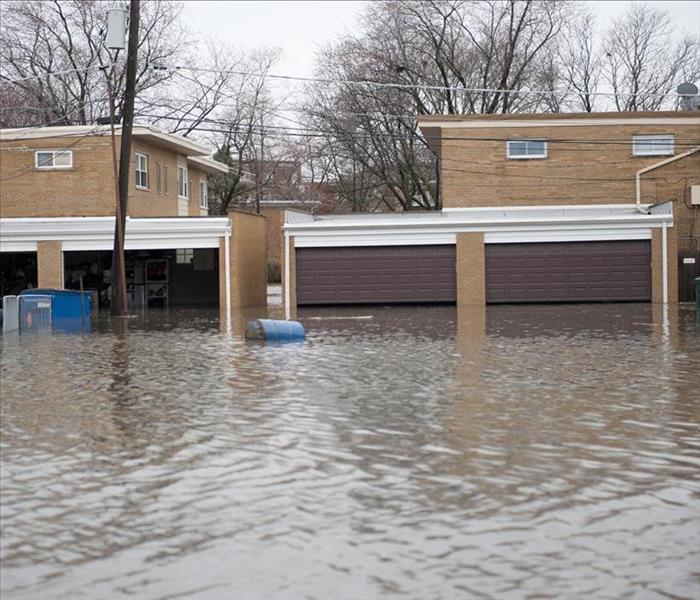5 Steps of Flood Damage Restoration
6/22/2021 (Permalink)
Preparing for or enduring a flood at your Washington, NC, commercial property can bring extreme feelings of vulnerability and helplessness. A flood could not only cause costly damage requiring tear out and other major work but could also halt your business. There are ways to prepare if you know heavy rainfall is on its way, but there's probably no avoiding some water damage. After the disaster, the key to minimizing loss is to begin the restoration process immediately.
Steps of the Storm Restoration Process
Here are the typical steps of the storm restoration process:
1. Turn Off Electricity
First, you need to make sure the building's electricity is turned off. If you can safely navigate to the circuit breaker, you can turn it off. Otherwise, call the power company to have it shut off before you do anything else.
2. Extract Standing Water
All standing water must be extracted as quickly as possible. The more time the water is left to linger, the more damage will be done. Every minute counts when it comes to water damage. A wet/dry vacuum is ideal for safely and efficiently removing water and smaller floating debris.
3. Dispose of Unsalvageable Materials
Remove and dispose of anything that's deemed unsalvageable. This includes removing contents and tear out of building materials (e.g., drywall, flooring).
4. Clean and Sanitize Building and Contents
Floodwater can leave harmful contaminants (e.g., biological, environmental, chemical) in its wake, so cleaning and decontaminating are essential. The safest method for this part is calling storm damage restoration professionals to use their expertise and industrial equipment.
5. Thoroughly Dry Everything
The property and contents must be thoroughly dried. If residual moisture remains, mold could begin to grow, causing more problems. You can run fans, dehumidifiers and heat to dry the area.
There are several essential steps to storm restoration to prevent or mitigate the water damage, such as tear out. When you know a flood is likely, do what you can to prepare. Part of your preparation includes knowing how to safely and efficiently clean to minimize loss.






 24/7 Emergency Service
24/7 Emergency Service
